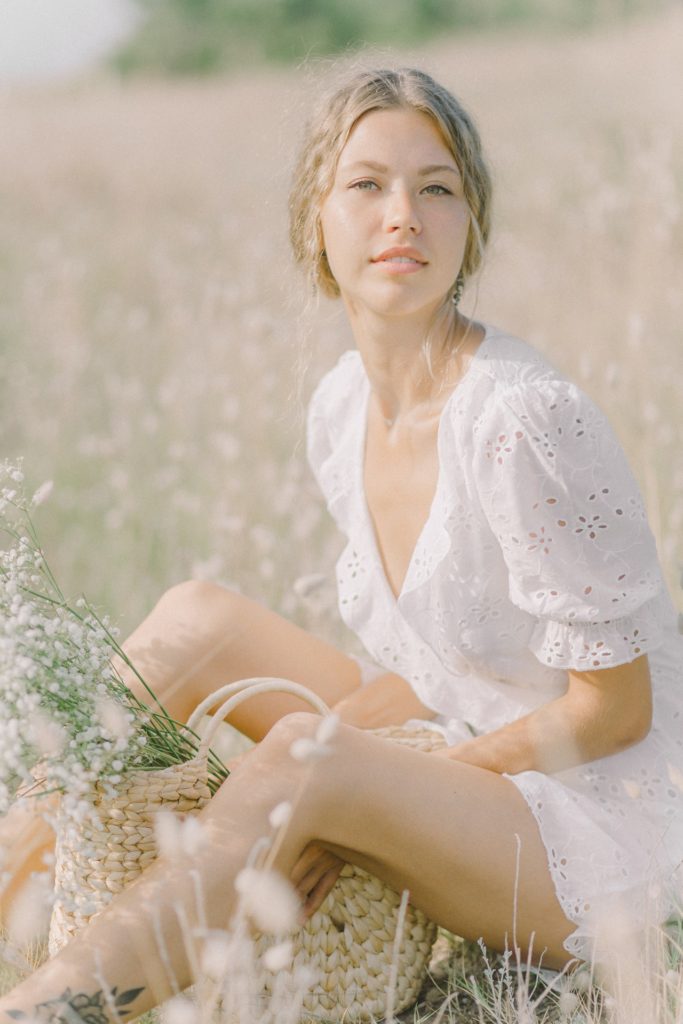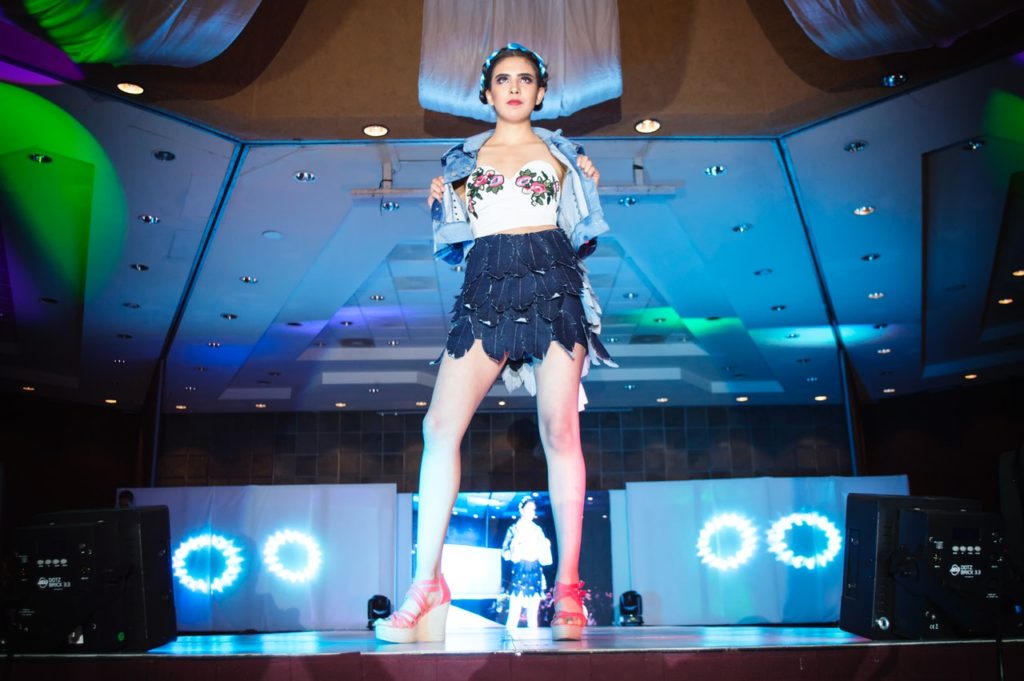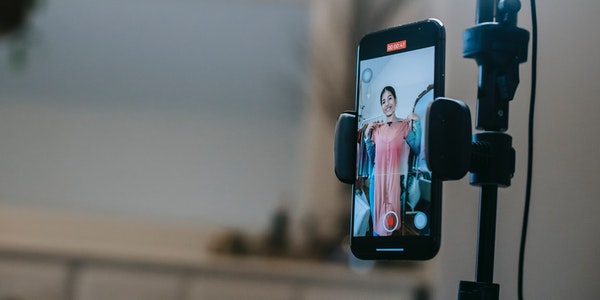Table of Contents
How to Do Bounce Flash Photography
Bounce flash photography has many advantages, especially for portraits, still lifes. It reduces contrast and avoids noticeable shadows caused by direct flash. However, if it is used improperly, it will cause bad results. Therefore, mastering bounce flash requires certain essentials.
1. Location
The photographer is standing not too close to the model. Because of the angle at which the light is reflected downwards from the ceiling, the model’s face cannot be illuminated, or only extremely weak light can be illuminated, and unsightly shadows are created under the model’s eyes and nose.
2. The angle of the flash
Adjust the angle of the flash to prevent the subject or the part of the background close to the subject from being directly illuminated by the flash. The pictures taken this way are very ugly.
3. Use wall reflection
In a smaller room, the flash from the flash only works well against the wall. But the wall must also be very white, otherwise, the reflected light will have different degrees of color. This way you can get more light and a wider variety of lighting angles than bouncing a flash from the ceiling.
4. Two reflections
If the ceiling is too high, or the ceiling is not flat but decorative, you can only use the surrounding walls. In many cases, you can use a white wall as a reflective surface. If the room is large, you can use a high-power flash to do more than two reflections to make the light more uniform and illuminate a larger area.
5. Self-made reflective surface
If the wall or ceiling chosen as the reflective surface is not white but some other color, that color will appear in the photo. Therefore, it is best to set up a reflective surface yourself. You can fix or place a piece of ordinary white cardboard on top of the flash and adjust to the position you desire for reflected light.

6. Close reflective surface
When it is close to the subject, using one or several white cardboards as reflective surfaces in the reflected light can obtain excellent light effects.
7. Reflective umbrella
As another lighting method in portrait photography, many people are increasingly using white or silver reflective umbrellas for reflected light. Photographers also make extensive use of umbrellas when shooting still lifes.
No matter what kind of reflected light, there are strict requirements on exposure. It would be better if there is a meter that can measure the flash. If not, take a few more photos with different exposures to gain more experience.
How to Use Flash Fill Light Photography
When we shoot backlit images outdoors, if you don’t use a reflector to fill in the light, or expose from the dark part of the backlight, the effect will be poor due to overexposure of the highlights. This is especially true for backlit portraits. The degree of ideality in terms of layers, particles, etc. is also unsatisfactory.
So the best way is to fill in the shadows. The reflector fill light is more troublesome, and the flash fill light has more relative advantages. The flash is small in size, uniform in light output, and standard in color temperature.
Here are a few good ways to use flash to fill in light.
1. Non-automatic flash fill light method
Set the camera shutter speed to a level that is synchronized with the flash. If the camera has an automatic exposure function, set the exposure mode to manual. Then measure the aperture value of the sunlight part of the subject and adjust it on the lens.
At the same time, divide the guide number of the flash by the distance from the subject to the camera and flash to get the F-number. If the F value is basically equal to or greater than the F value of the light-receiving part by one step, the F value of the light-receiving part can be reduced by one step or half.
If it is two stops larger than the light-receiving part, it is not necessary to reduce the aperture. If the F value of the light-receiving part is manually measured to be 8, the flash guide number is 32, and the distance is 4 meters, the division result is 8, which is equal to the measured value. This will inevitably dilute the fill light and lose the backlight effect. You should reduce the F value to less than 8. If increase the distance to 6 meters, the calculated F value is 5.6, which is greater than the F8 of the light-receiving part. And you can reduce it by half or not. If the flash light is on and it is inconvenient to reduce the F value, you can cover the flash head with a layer or two of gauze to reduce the brightness.
2. Using F-number metering
Divide the guide number by the object distance to get the F-number, reduce the F-number by a stop or two and set it on the lens. Then manually on the camera, use the above setting F value metering, also measure the light value of the bright part. If the speed displays on or below the X sync speed file, you can shoot.
3. Automatic flash fill light method
First measure the F value of the light-receiving part and adjust it on the lens. Set the flash to manual mode. If the F value of the flash guide divided by the object distance is equal to or greater than the F value of the light-receiving part by one step, you can use 1/2 step of the “brightness ratio output” of the flash to fill in the light. If it is two steps larger than the light-receiving part, it is not necessary to reduce the amount of light.
4. Correct use of aperture stops
Generally, the automatic flash has two aperture files. And within the given distance range of the two apertures, the flash automatically outputs light to meet the exposure. For example, F4 is 1 meter to 7.5 meters, and F8 is 0.5 meters to 3.5 meters. That is to say, when the camera is set to F4 or F8, within a distance of 1m to 7.5m or 0.5m to 9.5m, the flash can automatically adjust the output brightness to ensure the correct exposure of the film.
When using the flash with automatic function to fill in the backlight, after setting the distance to use the aperture, reduce the aperture by one stop to shoot. If you decide to shoot within the automatic range of F3. That is, within 1 meter to 7.5 meters, set the F4 file on the flash. Then, stop down by one stop and set the lens aperture ring at 5.6. In this way, the flash automatically outputs the light of F4, while the camera exposes at 5.6. Of course, when using the automatic flash to fill in the light in the sun, you should also measure the light value of the light-receiving part in advance to decide which automatic gear of the automatic flash to use.
(To Be Continued)
